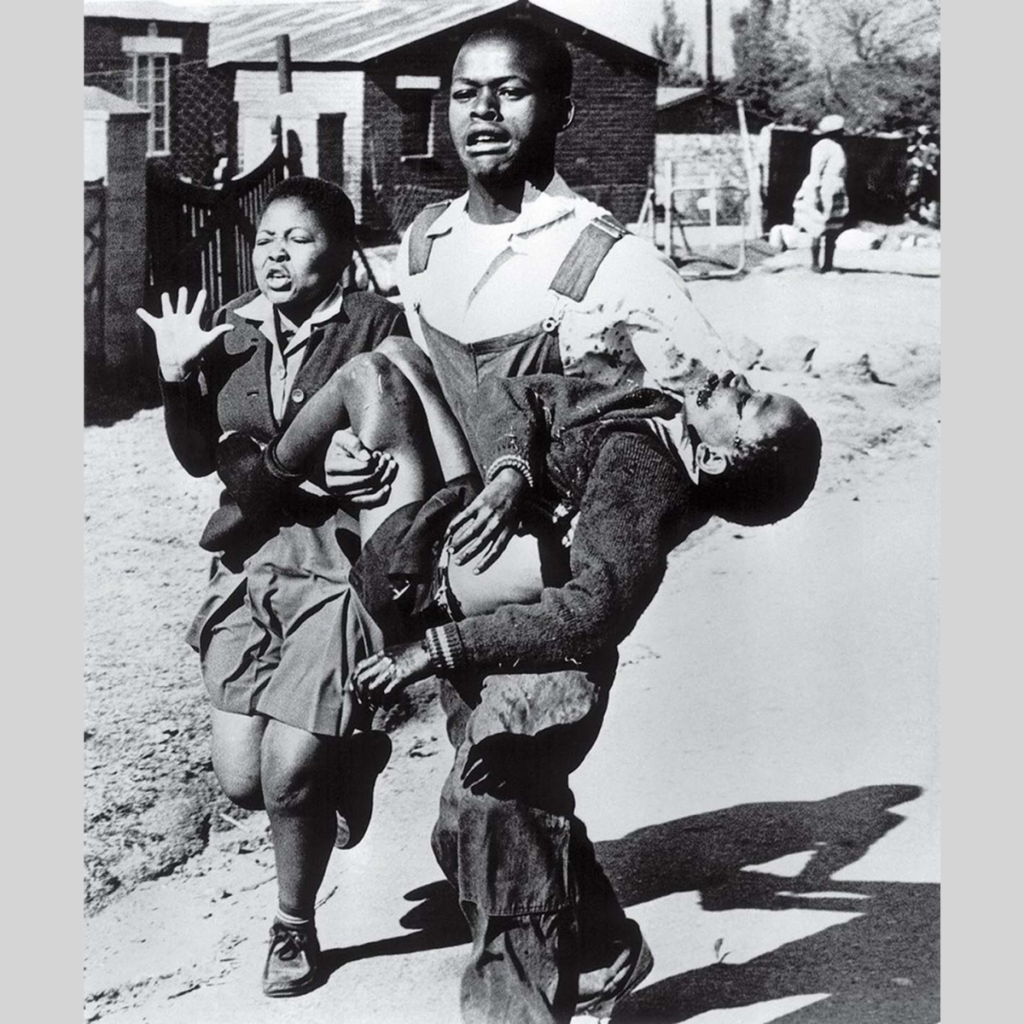
 Few outside South Africa paid much attention to apartheid before June 16, 1976, when several thousand Soweto students set out to protest the introduction of mandatory Afrikaans-language instruction in their township schools.
Few outside South Africa paid much attention to apartheid before June 16, 1976, when several thousand Soweto students set out to protest the introduction of mandatory Afrikaans-language instruction in their township schools.
Along the way they gathered youngsters from other schools, including a 13-year-old student named Hector Pieterson.
Skirmishes started to break out with the police, and at one point officers fired tear gas. When students hurled stones, the police shot real bullets into the crowd. “At first, I ran away from the scene,” recalled Sam Nzima, who was covering the protests for the World, the paper that was the house organ of black Johannesburg.
“But then, after recovering myself, I went back.” That is when Nzima says he spotted Pieterson fall down as gunfire showered above. He kept taking pictures as terrified high schooler Mbuyisa Makhubu picked up the lifeless boy and ran with Pieterson’s sister, Antoinette Sithole.
What began as a peaceful protest soon turned into a violent uprising, claiming hundreds of lives across South Africa. Prime Minister John Vorster warned, “This government will not be intimidated.”
But the armed rulers were powerless against Nzima’s photo of Pieterson, which showed how the South African regime killed its own people.
The picture’s publication forced Nzima into hiding amid death threats, but its effect could not have been more visible. Suddenly the world could no longer ignore apartheid. The seeds of international opposition that would eventually topple the racist system had been planted by a photograph.
(Photo credit: Sam Nzima).